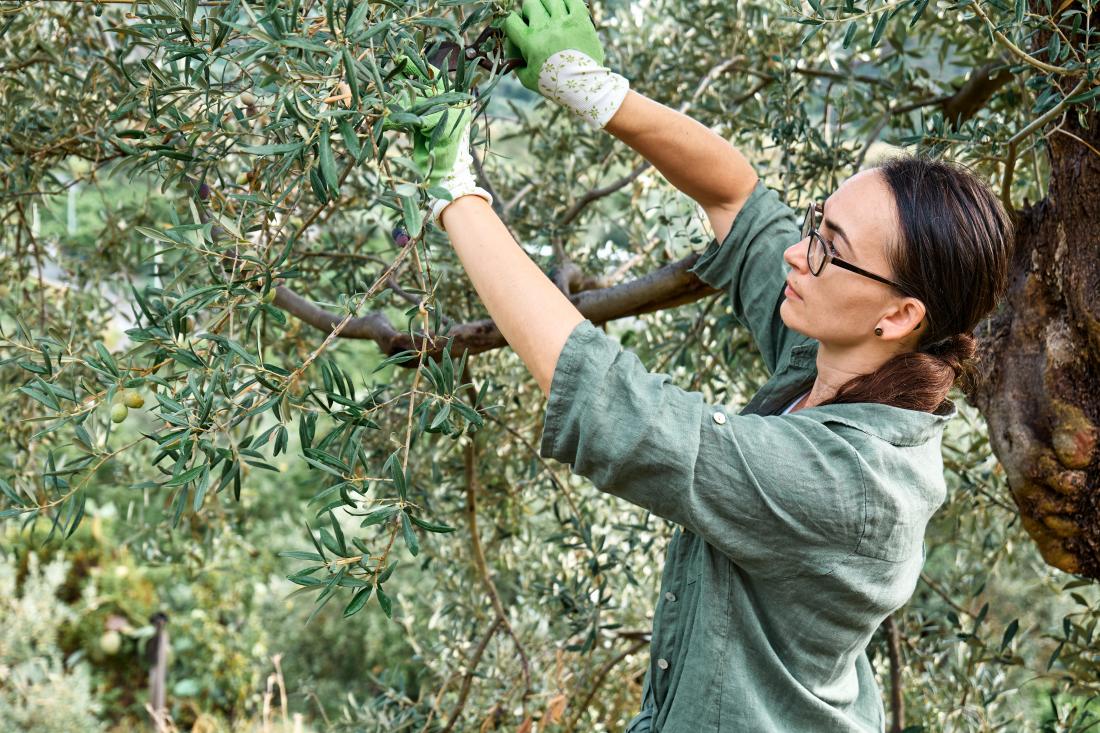ARTOLIO presents: How to make extra virgin olive oil, a beginner's guide

Extra virgin olive oil is the focus of ARTOLIO, that axis that puts together its millers, farmers and partners. It made from the fruit of the olive tree, which is native to the Mediterranean region. The process of making extra virgin olive oil is a delicate one that requires skill and attention to detail to ensure that the oil retains its high quality and flavor.
The first step in making extra virgin olive oil is to harvest the olives. In small plots, this is typically done by hand, using a combination of rakes and nets to collect the olives as they fall from the tree. The olives are then sorted and cleaned to remove any leaves, twigs, or other debris. The time between harvesting the olives and the start of the extraction process is critical and should be as short as possible, no more than 24 hours.
Next, the olives are crushed to release the oil. This is done using a modern mechanical press. The next step is mixing the pasta in a machine call Malaxer, in order to help the small oil drops to unite and become big oil drops. The oil is and then separated from the pulp and water using a centrifuge or two centrifuges. The oil is then passed through a series of filters to remove any impurities, such as sand or bits of olive pit.
The final step in making extra virgin olive oil is to bottle and label it. Extra virgin olive oil is typically bottled in dark glass bottles to protect it from light, which can degrade the oil's flavor and quality. The oil is also labeled with information about its origin, the variety of olives used, and the date it was pressed.
Extra virgin olive oil is considered the highest quality olive oil, because it don't have any chemical and organoleptic defects. The olives are pressed without the use of heat or chemicals, which helps to preserve the oil's natural flavor and nutritional properties. The oil must also meet strict standards for acidity and flavor, with a maximum acidity level of 0.8%.
It is a rich source of monounsaturated fatty acids and antioxidants, and it is often used in cooking and as a salad dressing. It is also used as a natural remedy for a variety of health conditions, including heart disease, high blood pressure, and diabetes.
Extra virgin olive oil is a versatile and healthy ingredient that can be used in a variety of dishes and cuisines. The process of making it is a delicate one that requires skill and attention to detail to ensure that the oil retains its high quality and flavor. If you are looking for a high-quality extra virgin olive oil, look for one that is labeled as such and that meets the standards for chemical and flavor.









